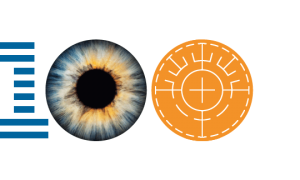LASIK Turkey Part 1 - Your Cary, Chapel Hill, Durham, Roxboro LASIK Surgeons

Well, we’re about ten months early for Thanksgiving but doesn’t it feel good looking ahead to that day any time of the year? Continuing with our theme of LASIK, and the heart of LASIK, the excimer laser, we are invoking that favorite post-Halloween and pre-Christmas beloved day this week, in the middle of January! And no that’s not a turkey eye in the image above. But the eye has everything to do with this blog, er…
Innovation and Development of LASIK,
Just how the turkey is partly responsible for the innovation and development of LASIK, is a major event in medical history. Last month we took a tiny peek at how virtually miraculous laser beams are, and so is the case of the excimer laser.
Indeed it was on Thanksgiving Day in
Srinivasan’s team wondered that if the excimer laser would so cleanly etch polymeric material, what would happen if they tried it on human or animal tissue! This is when the light bulb went on in Srinivasan’s head while he was enjoying his turkey, dressing, cranberry sauce, etc., on Thanksgiving Day. The very next day, Srinivasan took some turkey leftovers into the lab, applied the excimer laser to it, sacrificing part of his lunch to the advancement of science. The result was they were getting an extremely clean cut to whatever bone, cartilage, or meat, with no evidence of damage to the surrounding tissue. Eureka!, Srinivasan exclaimed, they had just discovered a new form of surgery.
For his discovery, innovation, and development of the new surgical procedure, Srinivasan – on another celebrated calendar day, December 21st (winter solstice), 2012, the day that life as we know it was supposed to end – received from U.S. President Obama, along with colleagues James J. Wynne and Samuel Blum, the National Medal Of Technology And Innovation for the breakthrough that made LASIK surgery possible.
And all because of turkey.



